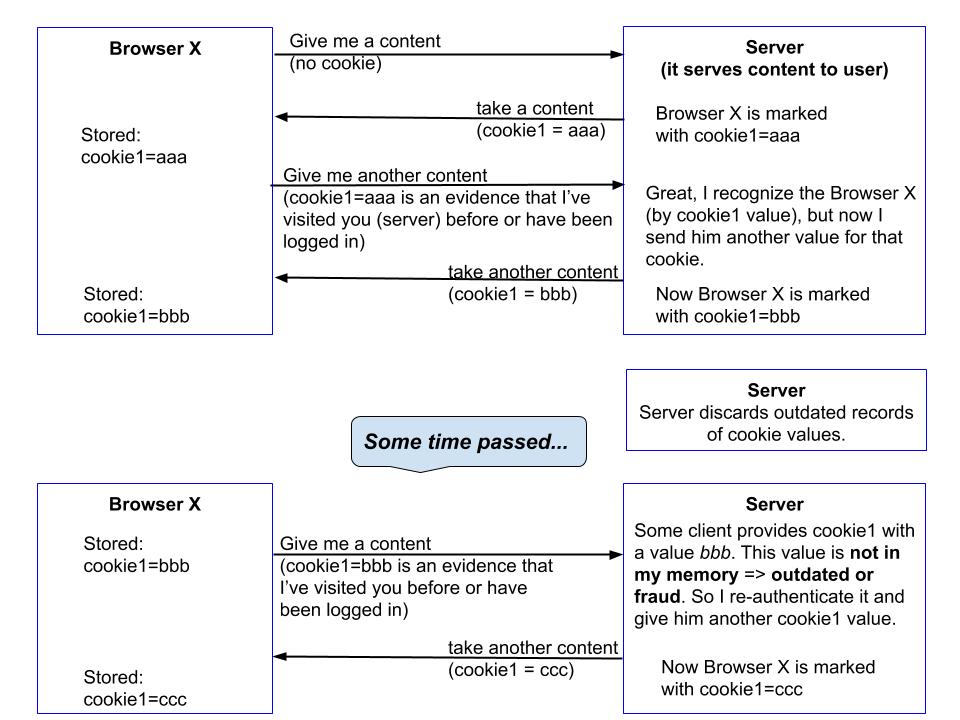Recently, I was challenged to do bulk submits through an authenticated form. The website required a login. While there are plenty of examples of how to use POST and GET in Python, I want to share with you how I handled the session along with a cookie and authenticity token (CSRF-like protection).
In the post, we are going to cover the crucial techniques needed in the scripting web scraping:
- persistent session usage
- cookie finding and storing [in session]
- “auth token” finding, retrieving and submitting in a form




 Today I want to share my experience with
Today I want to share my experience with  The last one is the most used
The last one is the most used